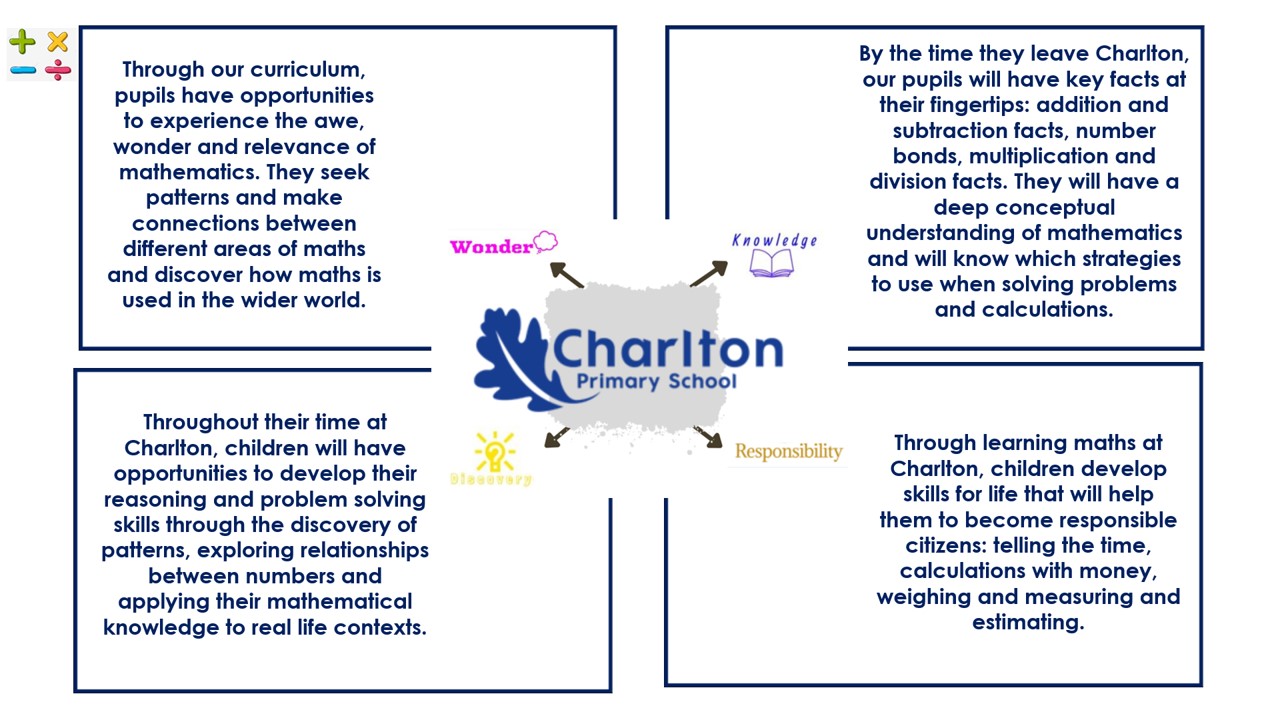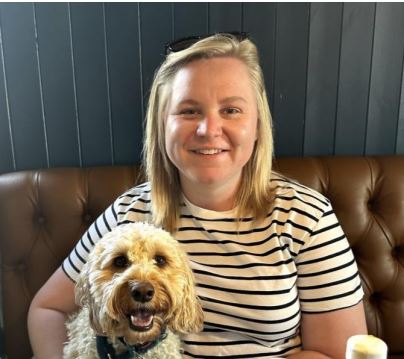Maths
At Charlton, it is our belief that all pupils should experience the awe, wonder and relevance of maths. We firmly believe that all pupils can achieve in maths and our lessons are carefully planned to ensure that all learners gain sufficient understanding of concepts whilst building curiosity and resilience in their mathematical reasoning and problem solving.

The National Curriculum requires that all pupils:
- Use mathematical concepts, facts and procedures appropriately, flexibly and fluently.
- Recall key number facts with speed and accuracy and use them to calculate and work out unknown facts.
- Have sufficient depth of knowledge and understanding to reason and explain mathematical concepts and procedures and use them to solve a variety of problems.
We use a mastery style approach to maths teaching, primarily using the White Rose scheme of work. I see Maths, NCTEM and Nrich resources are also used to supplement maths teaching. In each maths unit, there are opportunities for fluency, reasoning and problem solving. Lessons are typically structured to include the following aspects:
We use Number Sense to support our fluency sessions and Times Table Rock Stars (TTRS) to support our recall of multiplication and division facts.



Maths Leads - Miss Emma Joyce, Miss Betsy Caudle, Mrs Hannah Ashton and Ms Jo Kensit


